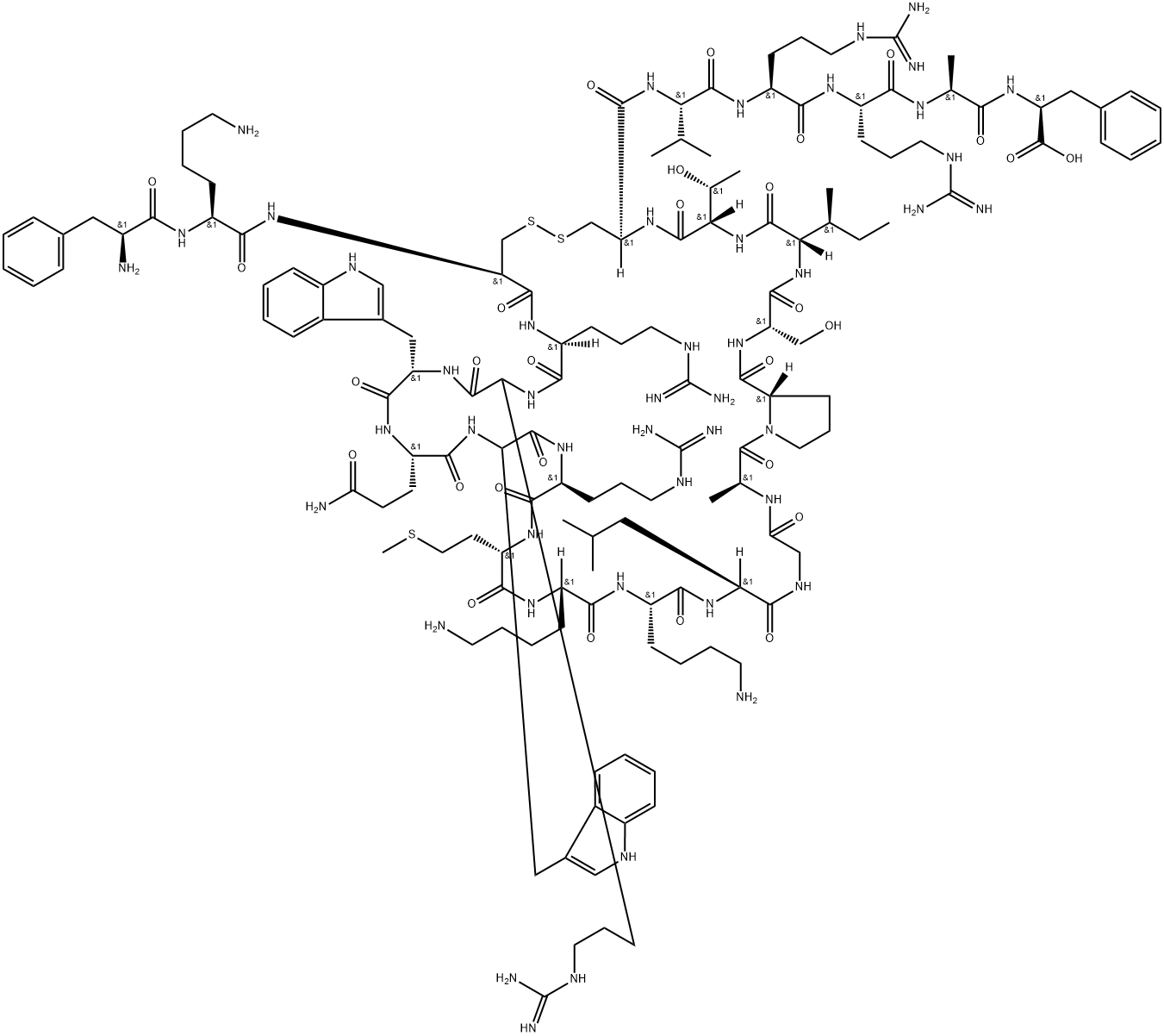Lactoferrin, a granule-associated glycoprotein, is a cationic
protein with a high proportion of arginine and lysine at
the N-terminal region, with two glycosylation and several
iron-binding sites. Lactoferrin is highly antibacterial
against both gram-positive and gram-negative bacteria at
concentrations ranging from 3 to 50 μg/ml. It is believed
that these lethal effects are due to a direct interaction of
lactoferrin with the cell surface and subsequent disruption
of normal permeability functions of the membrane,
a so-called dissipation of proton motive force action (23).
Similarly, expression of an antimicrobial tachyplesin gene
from Asian horseshoe crabs led to antibacterial activity
against Erwinia spp. in transgenic potato (24).

